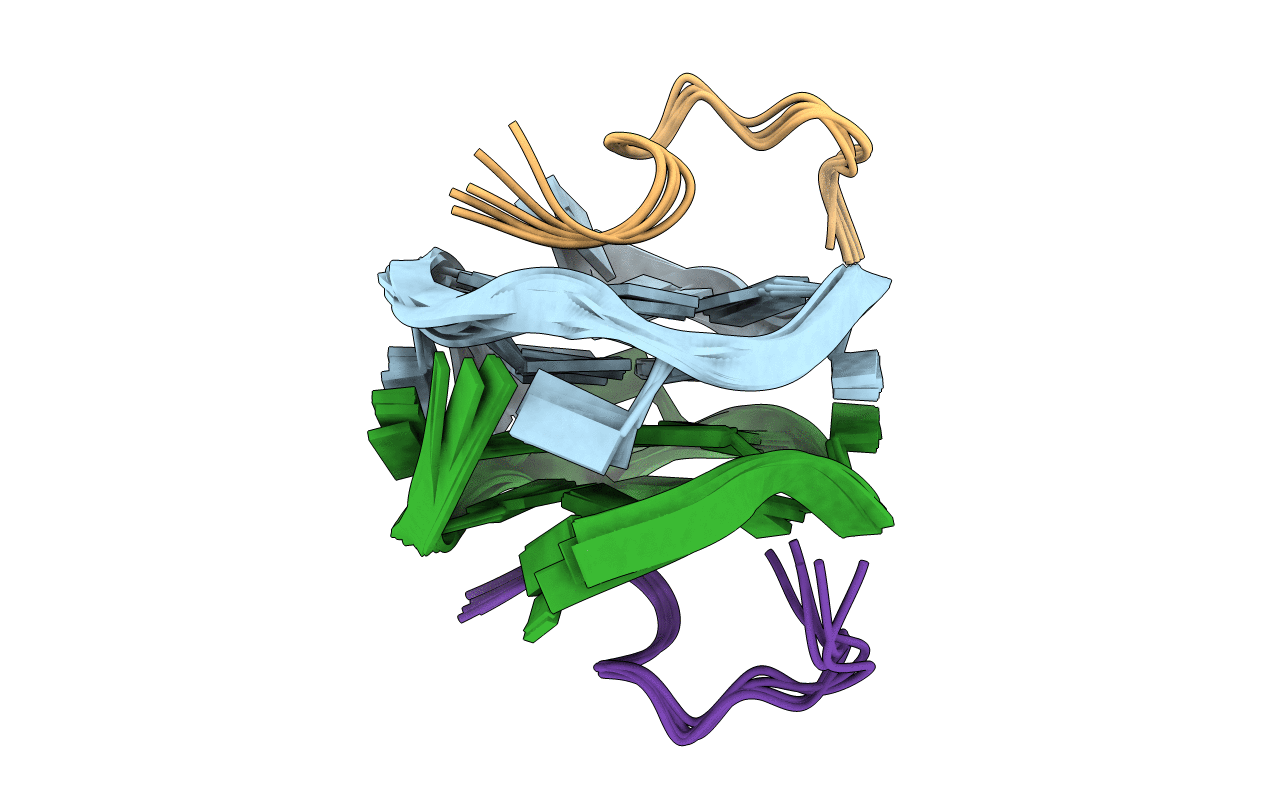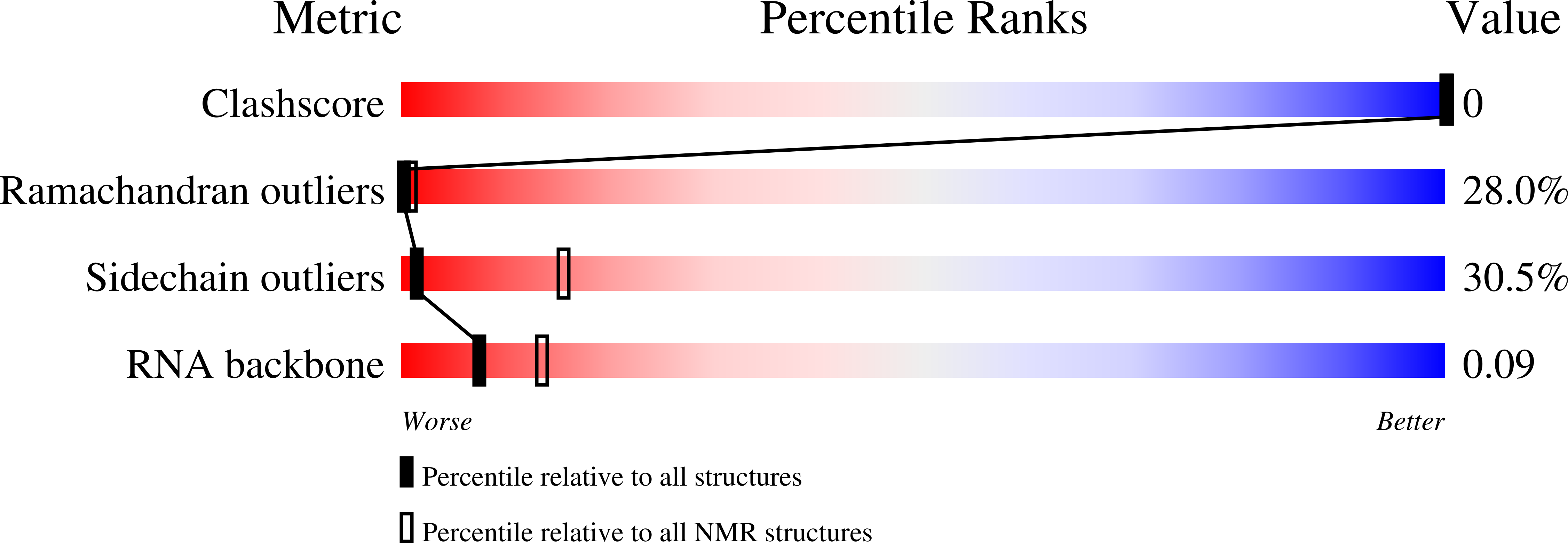
Deposition Date
2013-12-24
Release Date
2014-05-21
Last Version Date
2024-05-15
Entry Detail
PDB ID:
2RU7
Keywords:
Title:
Refined structure of RNA aptamer in complex with the partial binding peptide of prion protein
Biological Source:
Source Organism:
Bos taurus (Taxon ID: 9913)
Method Details:
Experimental Method:
Conformers Calculated:
10
Conformers Submitted:
5
Selection Criteria:
structures with the lowest energy


